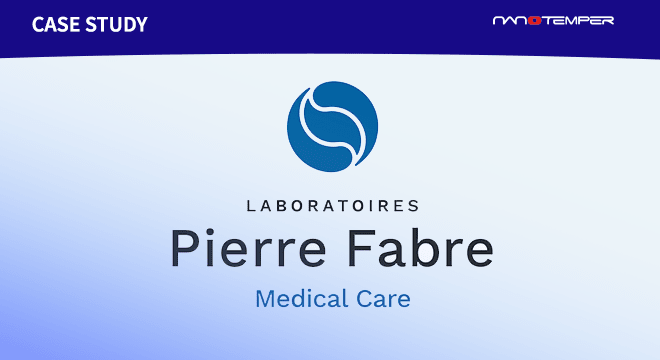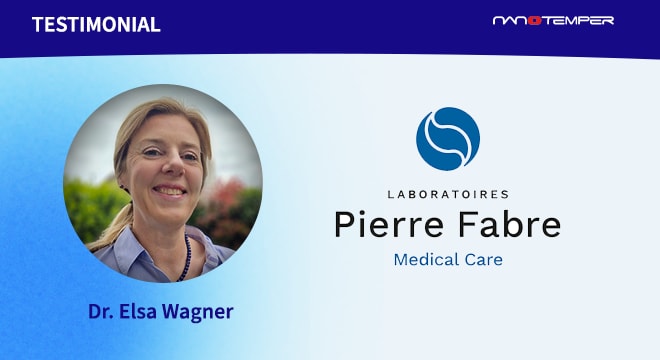
Around 90% of all biotherapeutic candidates fail during clinical development stages. If preclinical stages are included, this number rises to nearly 99%. Lack of desirable physicochemical attributes, low efficacy, and unacceptable toxicity are some of the biggest hurdles researchers face. So, what can be done to improve the chances of a candidate becoming a drug?
Knowing as much as possible, early on about candidate molecules is important to avoid failures at a more costly time point.
Predicting the behavior of these molecules in terms of stability, aggregation, viscosity, immunogenicity is vital for evaluating potential risks and making better-educated decisions. Assessing the “developability” of new biologics helps you select the optimal candidates for advancing from discovery to development.
In this on-demand webinar, Dr. Thorsten Lorenz discusses the developability assessment strategy used at Novartis in their biologics pipeline and how they apply high-throughput stability testing to pre-formulation using NanoTemper’s Prometheus system.
Learn how you can increase the success rates of your biologics.




















